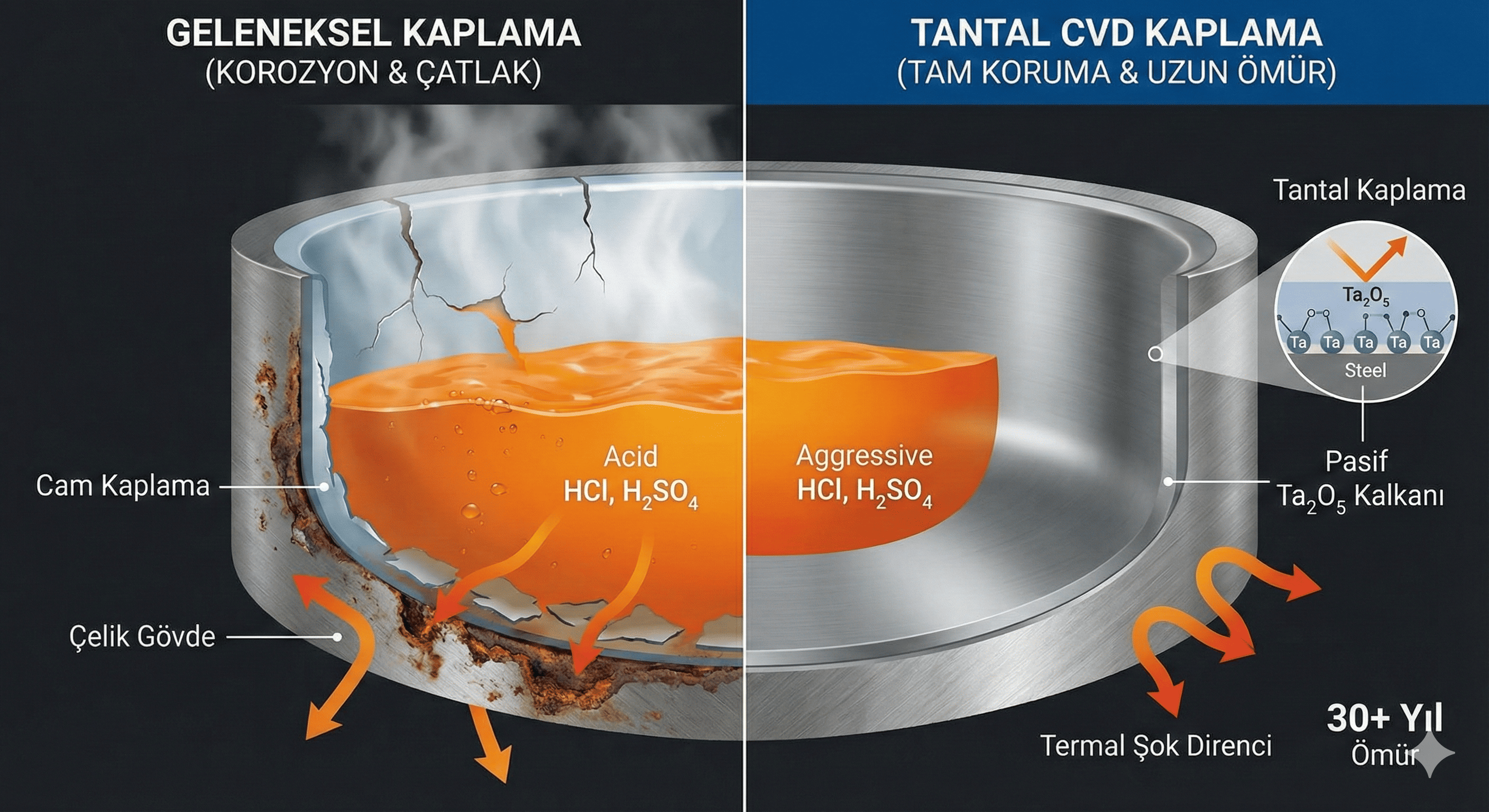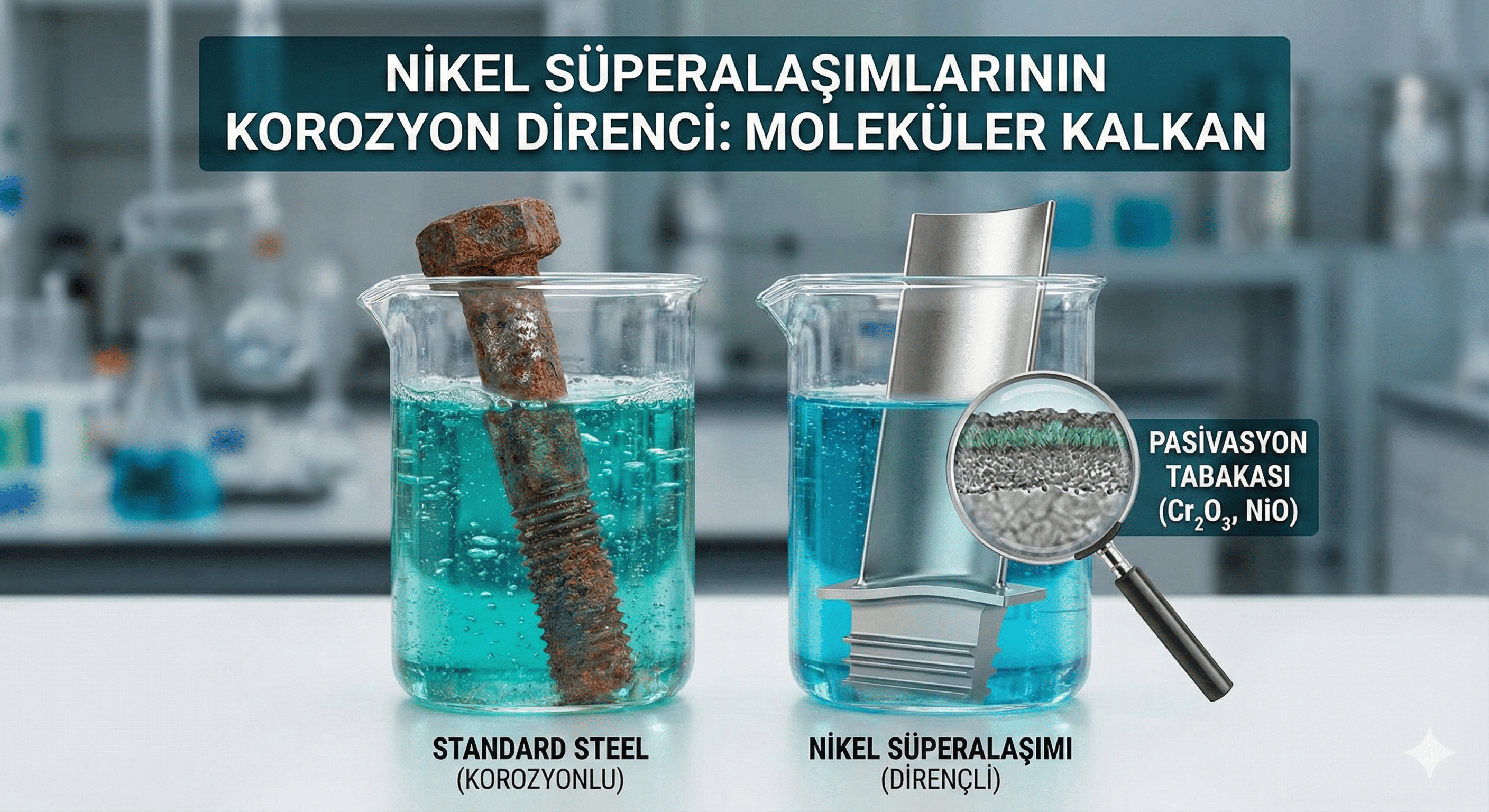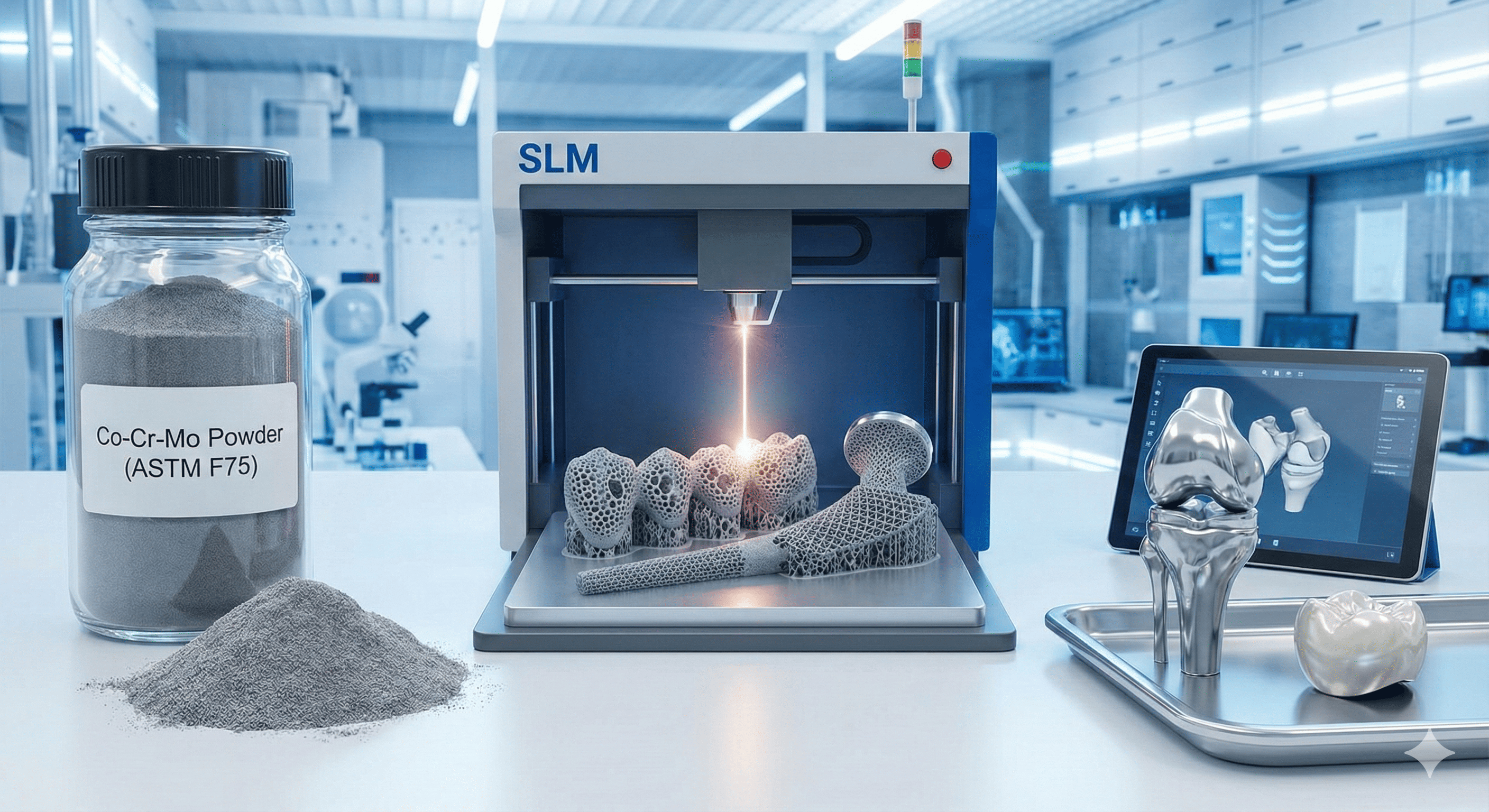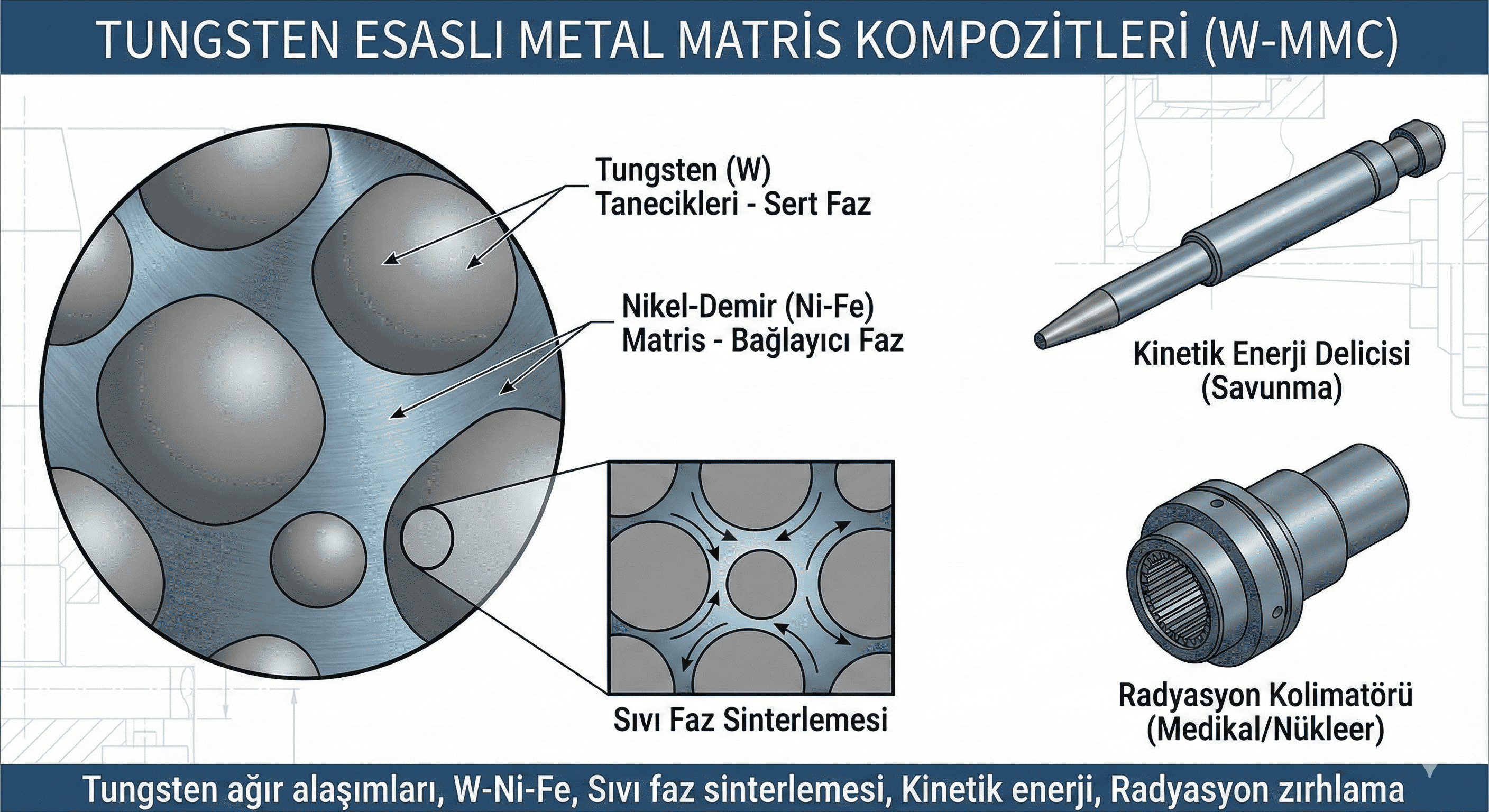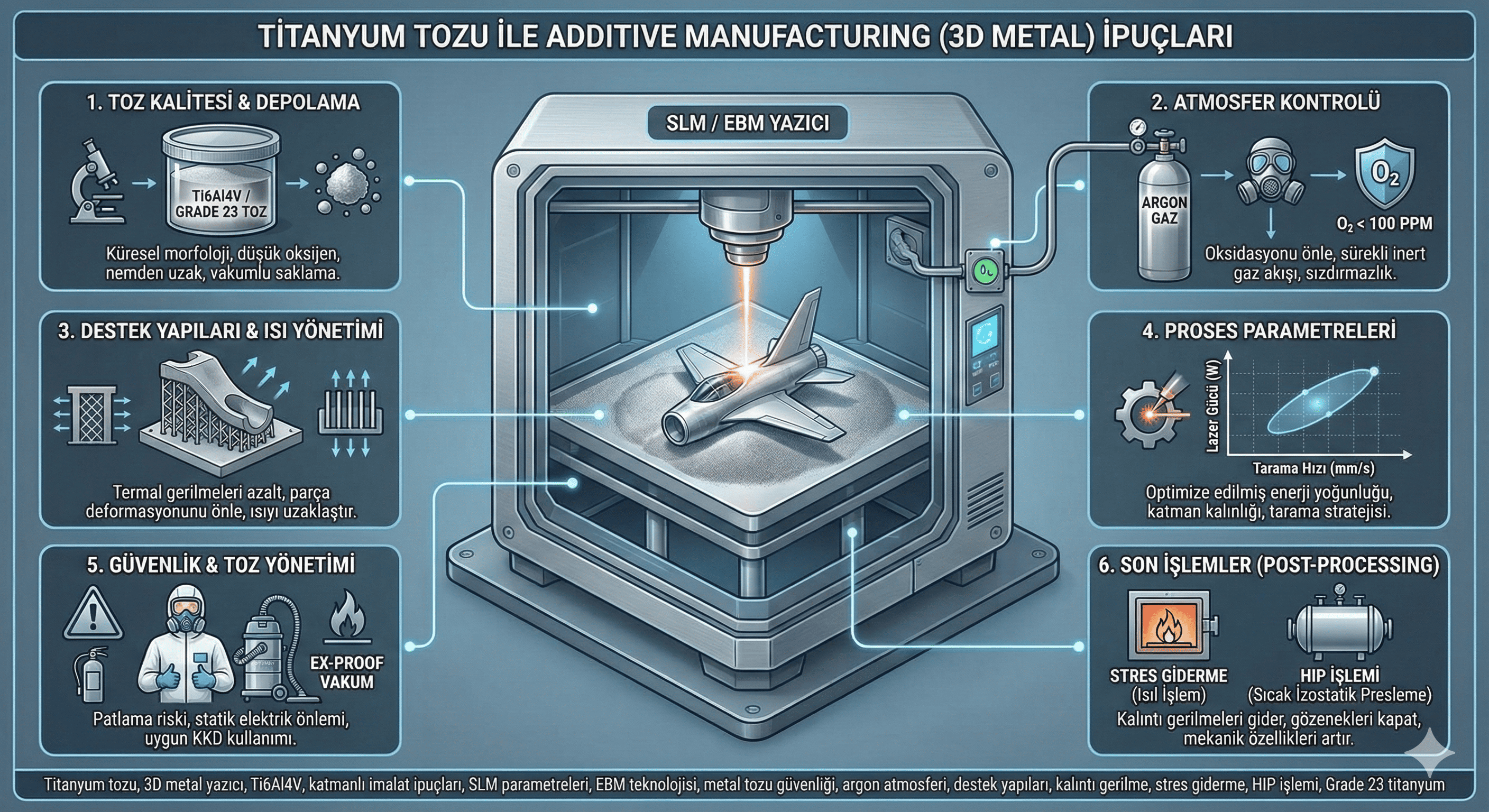Ytterbium Fluoride: Properties, Production, and Applications
Introduction
Ytterbium fluoride, with the chemical formula YbF³, is a compound of ytterbium, a rare earth element. This white, crystalline substance is used in various high-tech and industrial applications due to its unique physical and chemical properties. This article explores the properties, production methods, and applications of ytterbium fluoride.
What is Ytterbium Fluoride?
Ytterbium fluoride is a chemical compound consisting of ytterbium and fluorine. It typically appears as a white crystalline powder or solid. YbF³ is utilized in applications ranging from materials science to electronics and optical technologies.
Properties of Ytterbium Fluoride
- Chemical Formula: YbF³
- Appearance: White crystalline powder or solid
- Density: Approximately 7.10 g/cm³
- Melting Point: 1,530°C (2,786°F)
- Solubility: Ytterbium fluoride is insoluble in water but soluble in concentrated acids.
- Optical Properties: YbF³ exhibits interesting optical properties, including its use as an optical material in laser and luminescent applications.
- Chemical Stability: YbF³ is relatively stable under normal conditions but reacts with strong acids and bases.
Production of Ytterbium Fluoride
The production of ytterbium fluoride involves several steps to ensure high purity and desired material characteristics:
- Raw Material Preparation:
- Ore Extraction: Ytterbium is extracted from rare earth ores such as bastnäsite and monazite. The extraction process typically involves separating ytterbium from other rare earth elements using methods like solvent extraction or ion exchange.
- Purification: Extracted ytterbium is often converted into ytterbium chloride (YbCl³) or ytterbium oxide (Yb²O³) as intermediates for further processing.
- Synthesis of Ytterbium Fluoride:
- Fluorination Reaction: Ytterbium fluoride is produced by reacting ytterbium chloride (YbCl³) or ytterbium oxide (Yb²O³) with hydrofluoric acid (HF). The reaction typically occurs in an aqueous or non-aqueous medium: YbCl3+3HF→YbF3+3HCl\text{YbCl}_3 + 3\text{HF} \rightarrow \text{YbF}_3 + 3\text{HCl}YbCl3?+3HF→YbF3?+3HCl Yb2O3+6HF→2YbF3+3H2O\text{Yb}_2\text{O}_3 + 6\text{HF} \rightarrow 2\text{YbF}_3 + 3\text{H}_2\text{O}Yb2?O3?+6HF→2YbF3?+3H2?O
- Precipitation and Filtration: Ytterbium fluoride precipitates out of the solution as a solid. The precipitate is then filtered and washed to remove impurities.
- Drying and Purification: The washed ytterbium fluoride is dried and further purified, if necessary, to achieve the desired purity and particle size.
- Powder Processing:
- Milling: The dried ytterbium fluoride may be milled to achieve the desired particle size distribution. Techniques such as ball milling or jet milling are used to produce fine powders.
- Characterization: The powder is characterized for particle size, surface area, and phase purity. Techniques such as X-ray diffraction (XRD) and scanning electron microscopy (SEM) are used for this purpose.
- Quality Control:
- Purity Testing: High-purity ytterbium fluoride is tested for contaminants using techniques such as inductively coupled plasma mass spectrometry (ICP-MS) to ensure it meets required standards.
- Consistency: Consistency in particle size and distribution is crucial for many applications. Quality control measures are implemented to ensure uniformity.
Applications of Ytterbium Fluoride
- Optical Materials:
- Application: Ytterbium fluoride is used in optical materials and coatings, including lenses and filters. Its optical properties make it suitable for applications requiring high transparency and low absorption in the visible and infrared regions.
- Laser Technology:
- Application: YbF³ is employed as a dopant in laser materials, particularly in solid-state lasers. Ytterbium-doped lasers are used in various applications, including materials processing, medical procedures, and scientific research.
- Luminescent Materials:
- Application: Ytterbium fluoride is used in the production of luminescent materials and phosphors. It is employed in various display technologies and lighting applications, where it contributes to the emission of specific colors.
- Catalysts:
- Application: Ytterbium fluoride can be used as a catalyst or catalyst support in chemical reactions. Its properties are utilized in processes such as organic synthesis and petroleum refining.
- Materials Science:
- Application: Ytterbium fluoride is used in research and development of advanced materials, including those with tailored magnetic or optical properties. It is also used in the fabrication of specialty ceramics.
Handling and Safety
- Protective Equipment: When handling ytterbium fluoride, it is important to use personal protective equipment (PPE) such as gloves, safety goggles, and masks to avoid inhalation or contact with the powder.
- Storage: Store ytterbium fluoride in airtight containers to prevent moisture absorption and contamination. Keep it in a cool, dry environment to maintain its quality.
- Ventilation: Work in a well-ventilated area or use a fume hood to minimize exposure to airborne particles and ensure a safe working environment.
Challenges and Considerations
- Cost: Ytterbium fluoride can be expensive due to the rarity of ytterbium and the complexity of its production processes.
- Environmental Impact: The extraction and processing of rare earth elements, including ytterbium, have environmental implications. Implementing sustainable practices and recycling efforts is crucial to mitigating these impacts.
- Health and Safety: Proper handling and safety measures are essential to avoid health risks associated with ytterbium fluoride. Adhering to safety protocols ensures safe handling and minimizes exposure.
Conclusion
Ytterbium fluoride is a versatile compound with a range of applications in optics, laser technology, luminescence, and catalysis. Its unique properties make it valuable for various high-tech and industrial uses. The production of ytterbium fluoride involves precise chemical processes and quality control measures to ensure high purity and optimal performance. As technology advances, the demand for ytterbium fluoride is likely to grow, driving further innovations and applications. Addressing challenges related to cost, environmental impact, and safety will be key to optimizing the use of this rare earth material in future technologies.
Feel free to adapt or expand upon this article based on specific needs or focus areas!

